Road Trip to SD - Day 5 - Mt. Rushmore
After driving through the Badlands we decided to continue on the scenic roads rather than go to the highway. Some of them were a bit of a guess since all we had was a road map of the state. 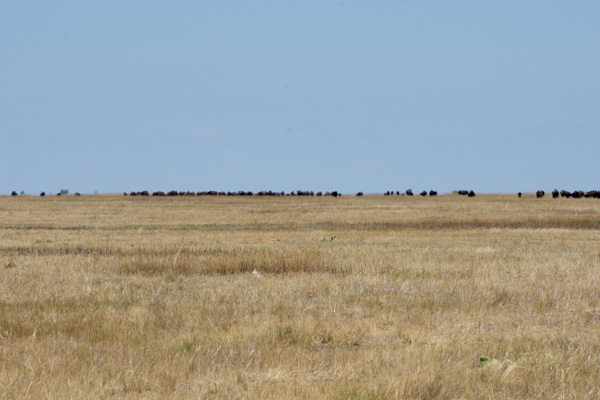
Not far out of the National Park we stopped to watch a herd of bison. This is not much of a photo but it give you an idea of the number in the herd.
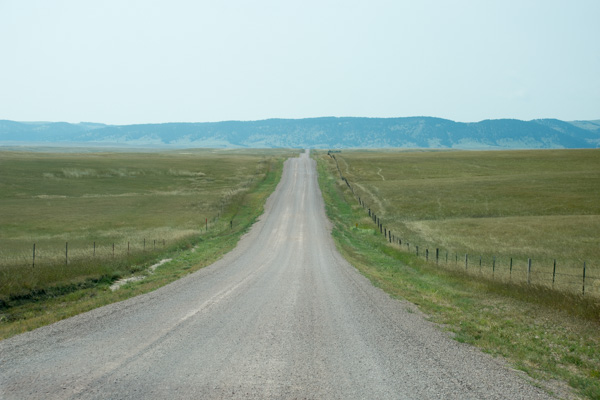
Then we headed west on a gravel road that went through another part of the Buffalo Gap National Grassland. Most of the National Grasslands are located in or around the Great Plains and they are managed in the same way as National Forests. Until I looked up this information I didn't know that there is a National Grassland in California. In fact it is near the Klamath National Forest where I worked when I was in college--but it was designated as such until after that.
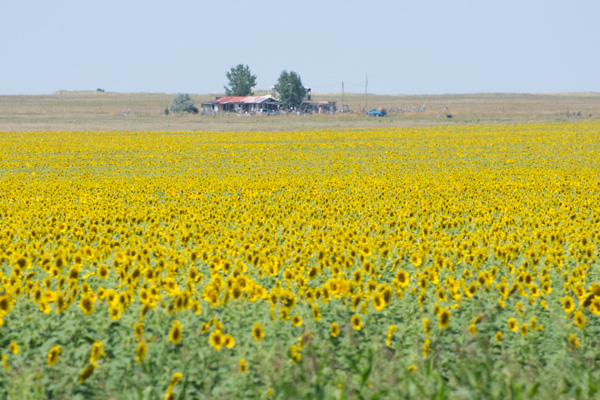
As I had seen on a map in one of the Visitors Centers, the public lands are interspersed with private lands. We saw miles of one of my favorite crops.
Leaving the grassland we drove into the forest again. The engineering of the road to Mt. Rushmore is a marvel in itself. From Custer State Park you drive 17 miles on Iron Mountain Road to Mt. Rushmore. There are three pigtail bridges and three tunnels that were engineered to frame Mt. Rushmore.
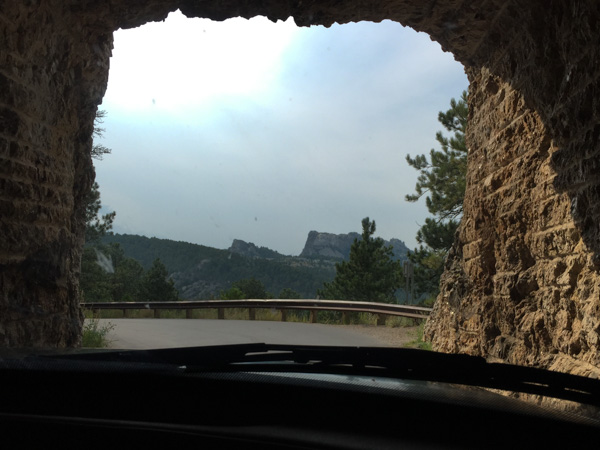
This very poor photo shows what I mean by framing the mountain. Each of the tunnels is aligned to present the view of the mountain.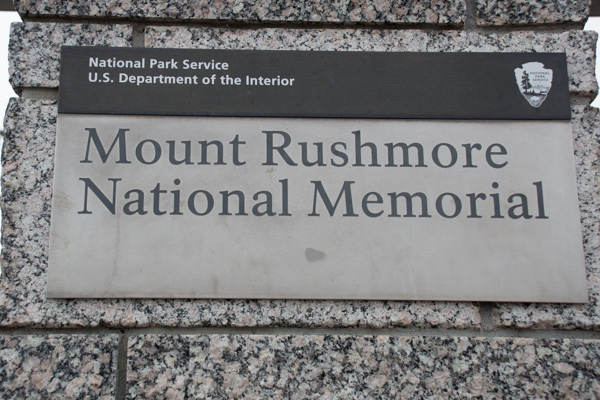
I was surprised when we arrived to be directed to the roof of a parking garage built into the mountain. It makes sense--they have to do something with all the cars that come here.
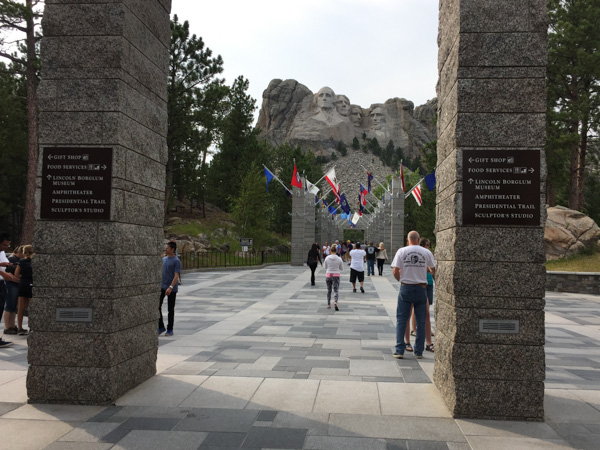
I knew what to expect of the mountain itself because I've seen pictures. But I didn't know about the infrastructure built around this National Memorial.
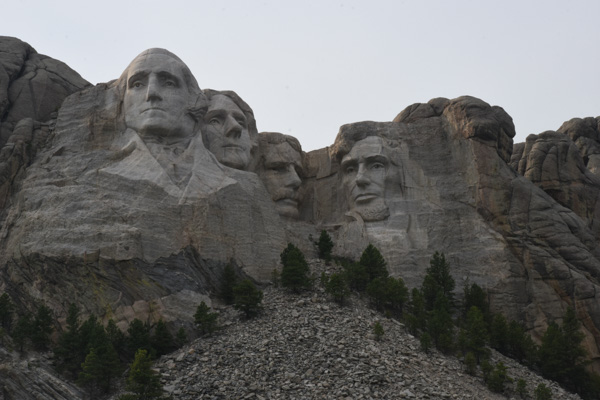
There is an amphitheater facing the mountain. From there you can walk on the Presidential Trail around the base of the mountain (or the rubble left from carving the sculptures) and then to the Sculptor's Studio, where there is a plaster model and tools used by Gutzon Borglum, the sculptor of Mt. Rushmore. 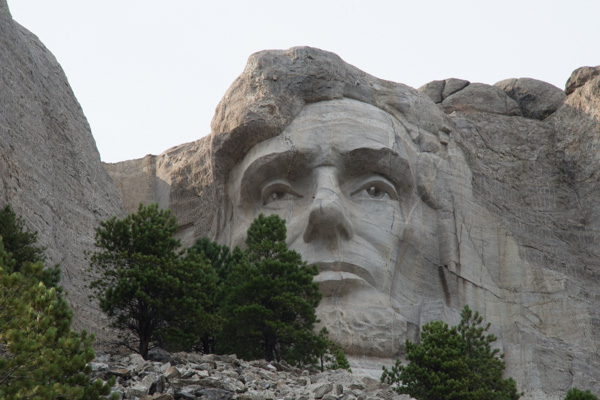
This was an amazing feat in the 1930's. It took 400 laborers to do this work. 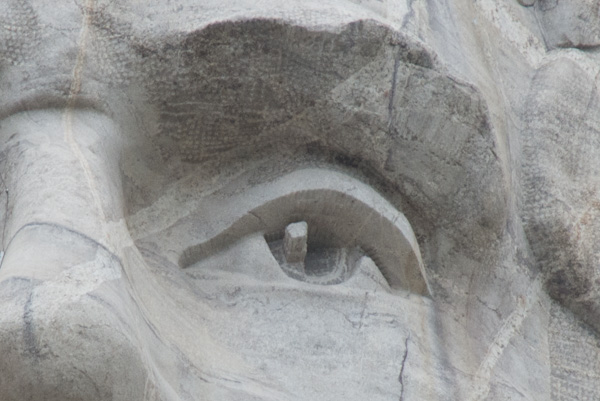
Look at the detail on Lincoln's face. The noses are about 20 feet long and the eyes are about 11 feet wide. Can you imagine what it would be like to be hanging in a basket here drilling holes for dynamite?
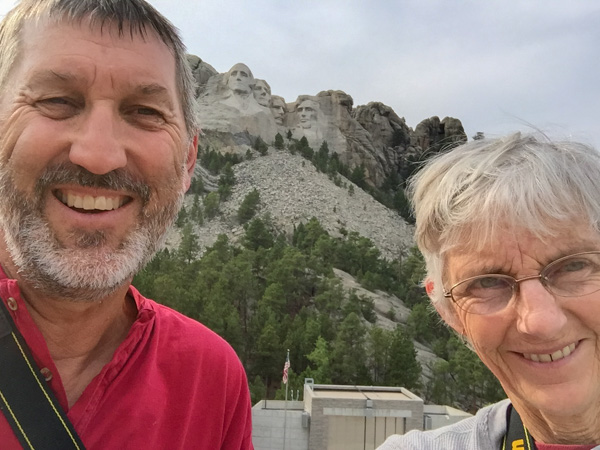
Time for us to move on. It looked as though there were several campsites in the nearby forest and I didn't want to have a repeat of the night before. We stopped at the first one that we saw and found a good spot. We had time that evening to relax and read.
I finished a book called A Shepherd's Life by James Rebanks.
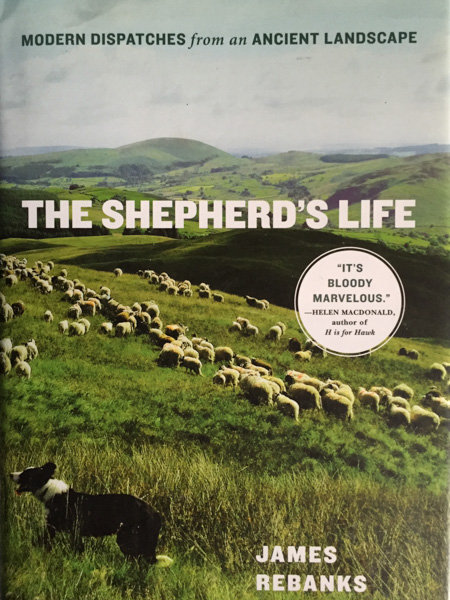
The author grew up on the family sheep farm in the Lake District of England. At the beginning of the book he describes how he felt as a boy when it was assumed by "outsiders" that he would (or should) want to do something better with his life, but all he ever wanted to do was to continue with the sheep farm. Also he was resentful with the interest that others (non-residents/city people) showed for the landscape but in a way that he didn't understand--they didn't respect the farms and the farming life but looked at the landscape as something with a "higher" purpose. I'm not explaining this very well, but as I was reading this book in the evenings on this trip I found similarities in his description of the visitors to their farm land and the fells above and to us in taking this trip and the others we've taken. We are grateful that there are National Parks and other public lands so that we can explore these landscapes that we'd never have a chance to see in depth otherwise. In this landscape we were the visitors, admiring the stunning views, the wildlife, and the agriculture. But we don't live the life there, don't have to deal with weather challenges, prairie dog invasions, etc. As an adult Rebanks learned to see the other side and understood the appreciation the "city people" had for the land, albeit without the understanding of the integral part that centuries of farming had played in those landscapes. He found a way in his career (second to shepherding) to promote the importance of farming and shepherding on this land while allowing tourism to benefit the communities as well.
I couldn't help but find parallels in this book to the experiences that we were having during this week vacation.